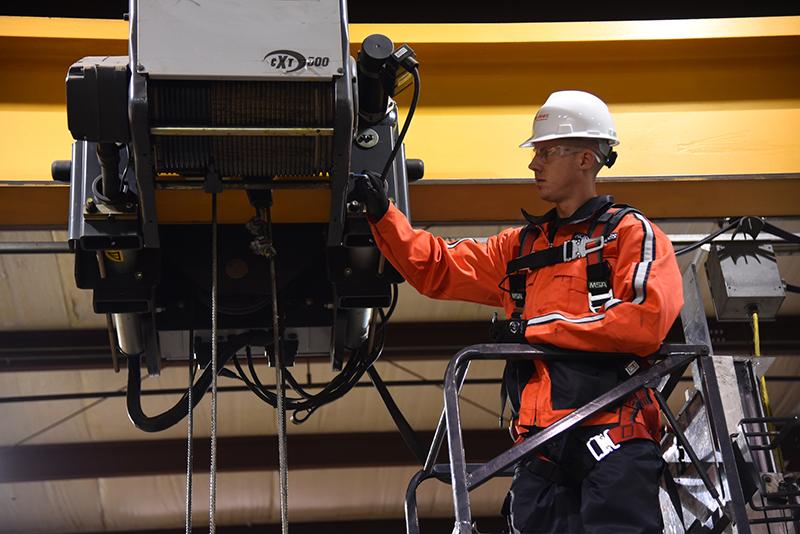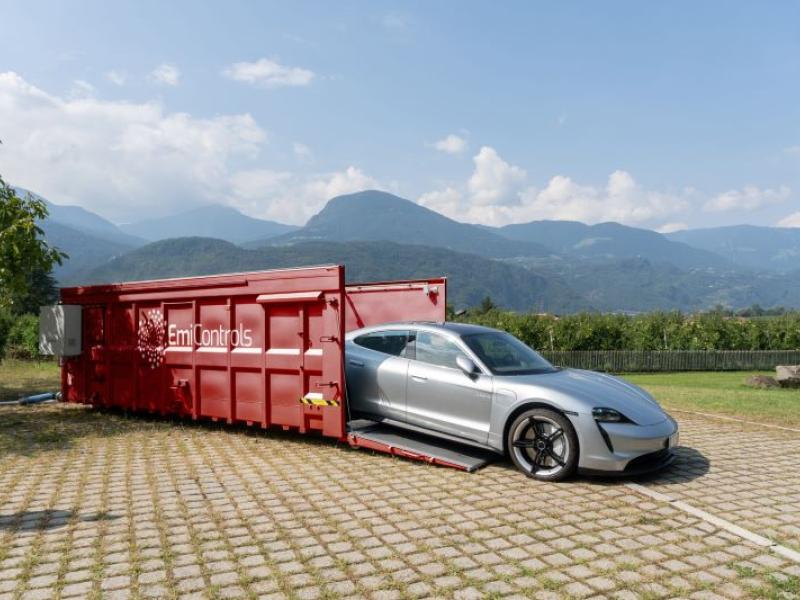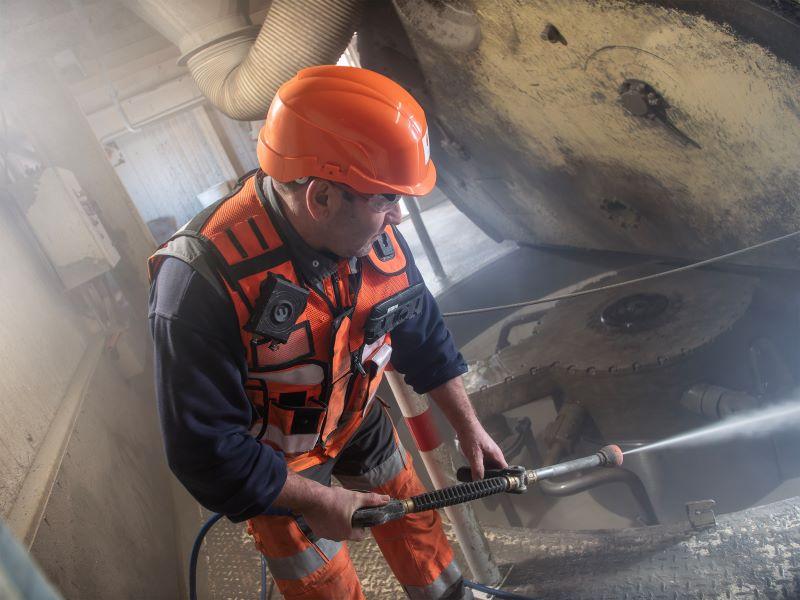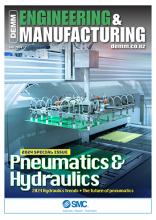Dropped loads are one of the most frequent safety hazards associated with overhead cranes, says the world’s largest crane service organisation, Konecranes.
These preventable hazards are most commonly the result of one or more of the following factors: poor operator training, improper rigging technique, an incorrect lifting device, overloading the hoist, and side pulling, says the Konecranes Service organisation which services all brands of cranes used globally and is the original service provider for both Konecranes and Demag equipment.
The global crane manufacturer and service provider, which has more than, 600,000 items of lifting equipment under contract worldwide, is a world leader in digitization technologies for crane maintenance, safety and efficiency, including its CheckApp for daily inspections.
In addition to any tests, training, and inspections required by local laws or regulations, some key asic pre-use recommendations can enhance crane safety and help avoid dropped loads.
1. Test run the crane the full length of the runway and bridge span to ensure no obstructions will interfere with the crane travel motions. Test that all motion’s travel speed match the designed specifications.
2. Turn the crane off, engage the hoist “up” switch, the hook should not rise. Engage all other motions to ensure no movement is possible. Turn the mainline switch back on and raise the hook to test the upper limit switch. All travel and hoist motions should match the control labeling directions.
3. Check that the wire rope is properly seated. Ensure that it is not twisted, kinked, or damaged. Check all other limit devices for proper functionality.
4. Train all crane operators on the functionality of all new cranes.
5. Provide proper inspections and maintenance as required by local regulations and recommended by the Original Equipment Manufacturer (OEM).
Konecranes CheckApp digitally enhances safety and efficiency
These are just a few of the safety checks that should be performed before operating a crane. Konecranes CheckApp for Daily Inspections is a digitized way to perform these inspections and includes 15 points to check. Daily inspections are a statutory requirement in several countries and good practice for any crane operator.
CheckApp for Daily Inspections Brochure
Konecranes CheckApp for Daily Inspections is an easy-to-use app for crane users to quickly and easily record their findings when performing pre-shift and/or pre-lift inspections.
Inspection results can be viewed on the yourKONECRANES customer portal. Besides providing an audit trail of daily inspections, the information can help users recognize potential asset-specific safety or production risk issues and identify workplace improvement opportunities.
It can also help identify needs for operator training as well as deviations in following local safety and other site rules.
“Konecranes CheckApp for Daily Inspections has been designed to help crane users quickly and easily record their findings when performing pre-shift and/or pre-lift inspections,” says Konecranes.
It gives a digitalized and cost-effective way for recording and retrieving daily inspection data that can be used for internal auditing and compliance. Daily inspections are statutory requirement in several countries.
The daily inspection is a user’s – or crane operator’s – own assessment of the condition of an asset and environment for safe use. It is not an expert’s examination of the condition of an asset or component. Konecranes CheckApp for Daily Inspections follows the guidance set in the ISO 9927 standard and in applicable statutory regulations.
The app can be downloaded for free on the Apple AppStore and from Google Play for Android devices — on a mobile or tablet. Company personnel can use their own or shared company-provided devices to perform the daily inspections.
Benefits of CheckApp
• Satisfies regulatory requirements helping companies stay compliant
• Allows for easy and reliable auditing of performed daily inspections
• Easy-to-use mobile app can help motivate users to perform daily inspections on a regular basis
• Assists with timely recognition of potential asset-specific safety or production risk issues
• Assists in identifying workplace improvement opportunities
• Assists in identifying needs for operator training as well as deviations in following local safety and other site rules






